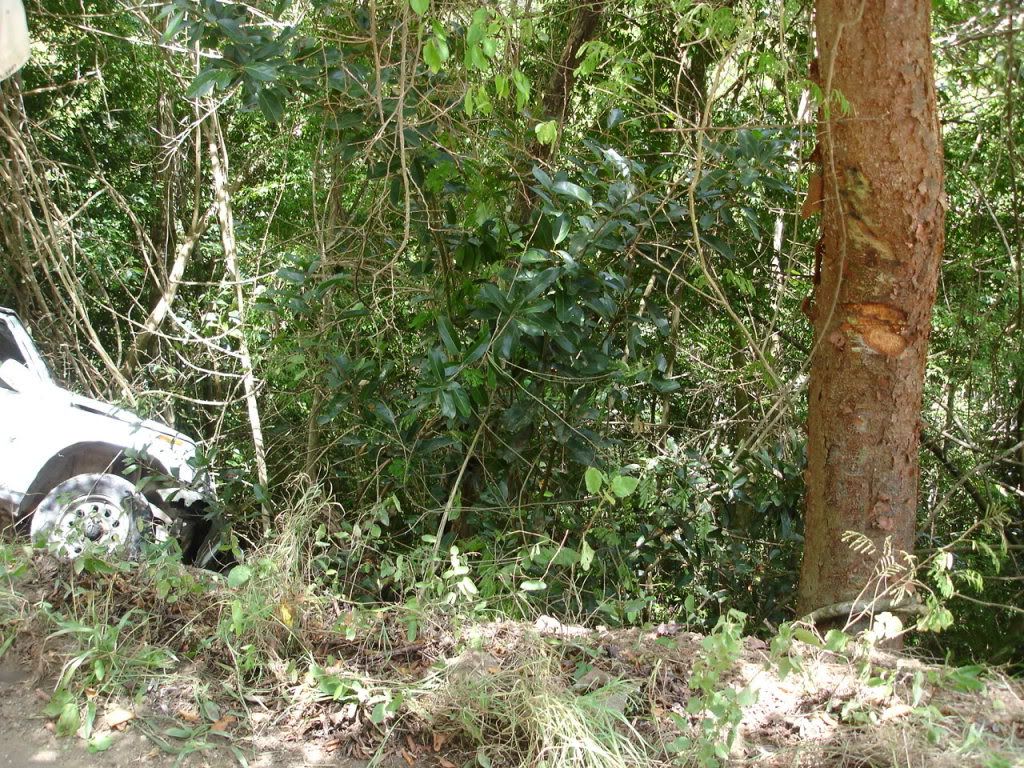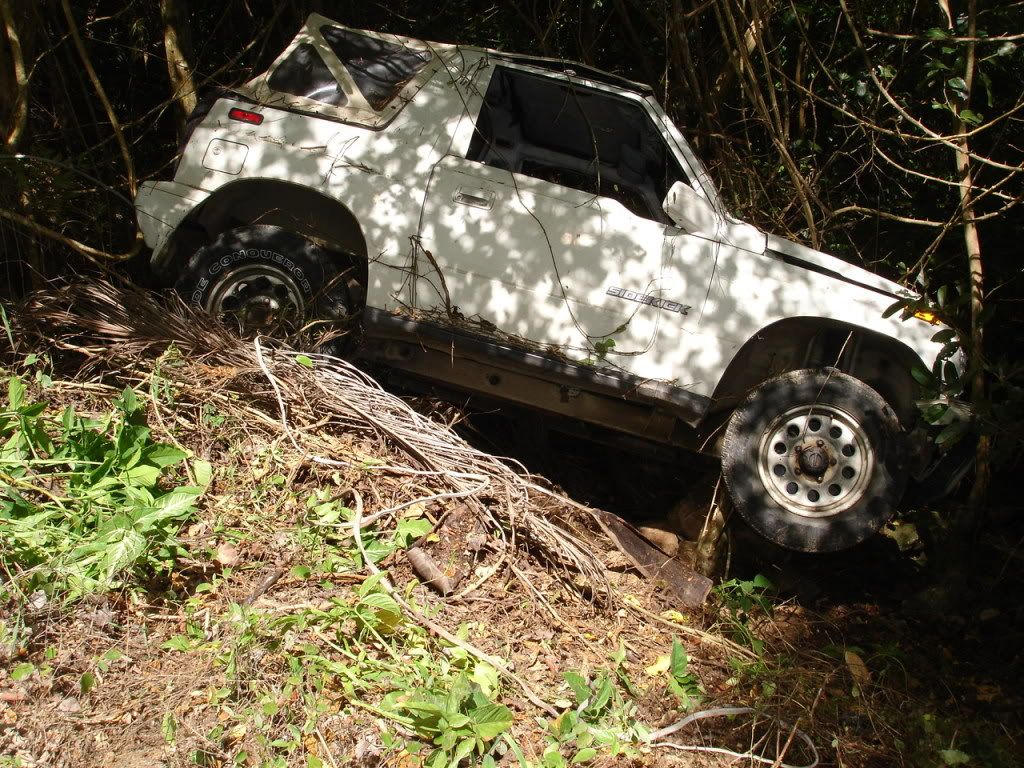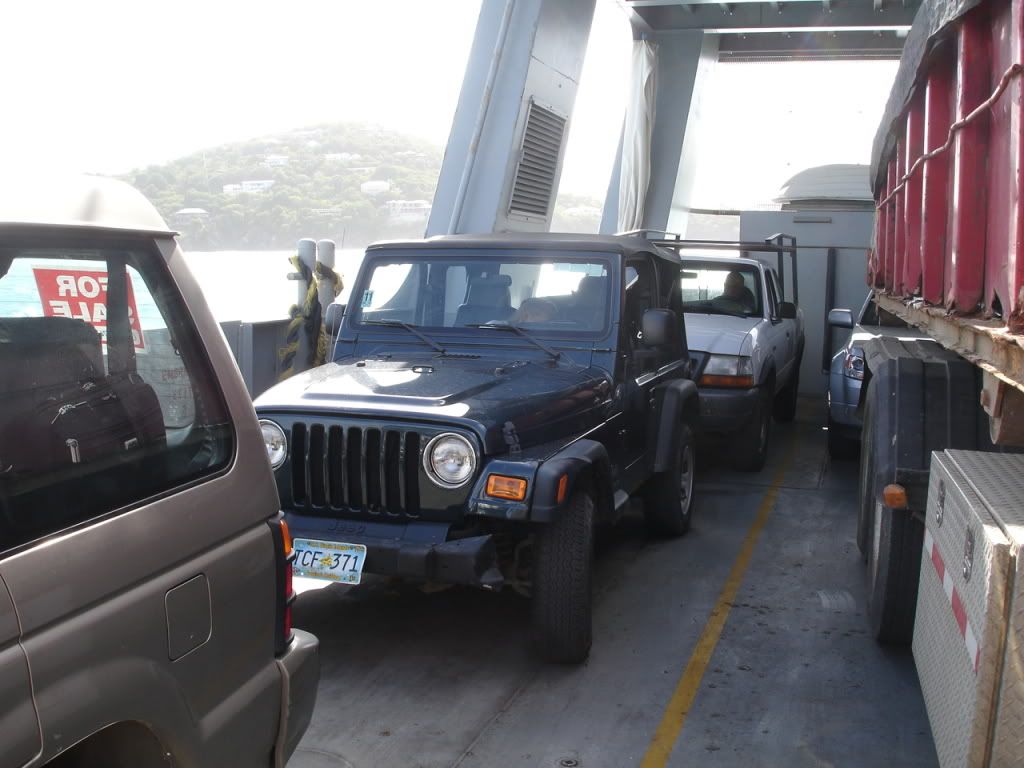Northern Explorer
Explorer
I would highly recommend the book St. John Off The Beaten Track by Gerald Singer for anyone thinking about vacationing here.
We landed in St. Thomas on Aug. 11th. After a quick stop at Budget car rental to pick up the Jeep we reserved, we drove to the car ferry dock. Driving on the left took some getting used to. It only took about fifteen-minutes for the ferry to arrive to St. John. It was already dark by the time we got there. We only had a faint idea of where we needed to go so we just followed the flow of traffic off the dock. You can easily tell who’s a tourist and who’s a local just by the way they drive. Just by luck we ended up on the right road and we made our way across the island in search of our house we had rented (Little Plantation). St. John has some of the steepest curvy roads I have ever seen. The speed limit in most areas is 20 mph. We found our house perched about 2/3rds the way up a very steep hillside. Hope you enjoy the pictures.
This is the Jeep we rented sitting in the driveway of the house we rented. Notice the terracing of the hillside that was required to build anything on this hill. Sheer rock wall to the left, driveway, 5-foot drop to house level, walk out basement, very steep hill down to the next property (keep this in mind).
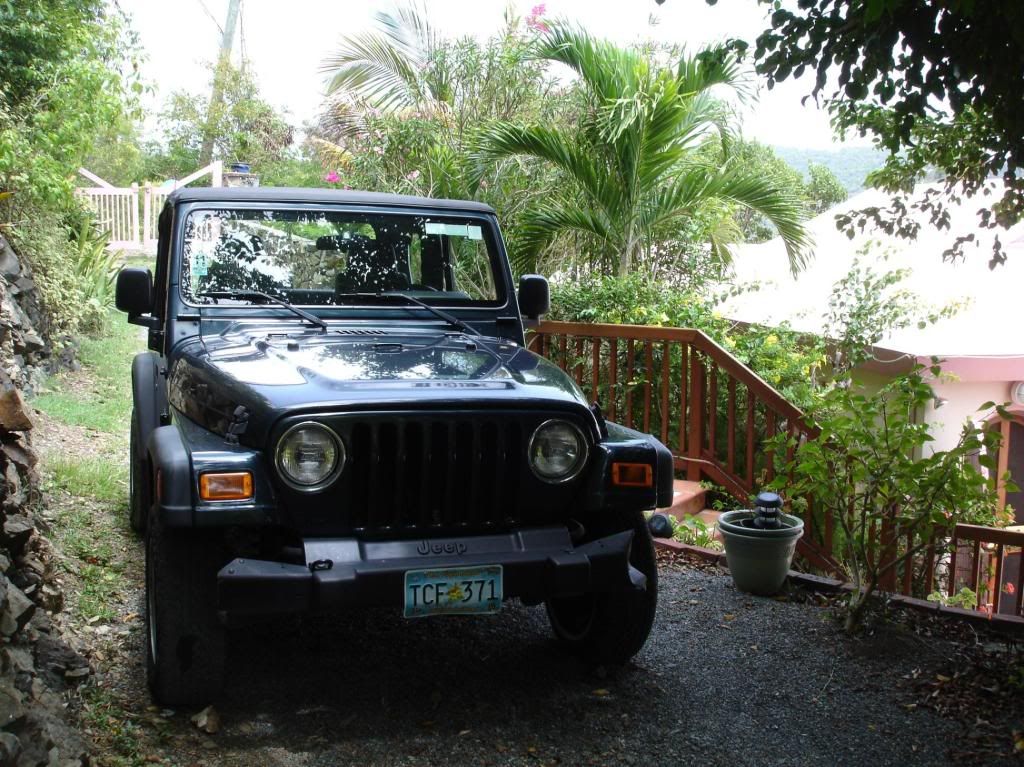
This picture was taken on the far east side of the island near the beach and a trail that led to some petroglyphs.
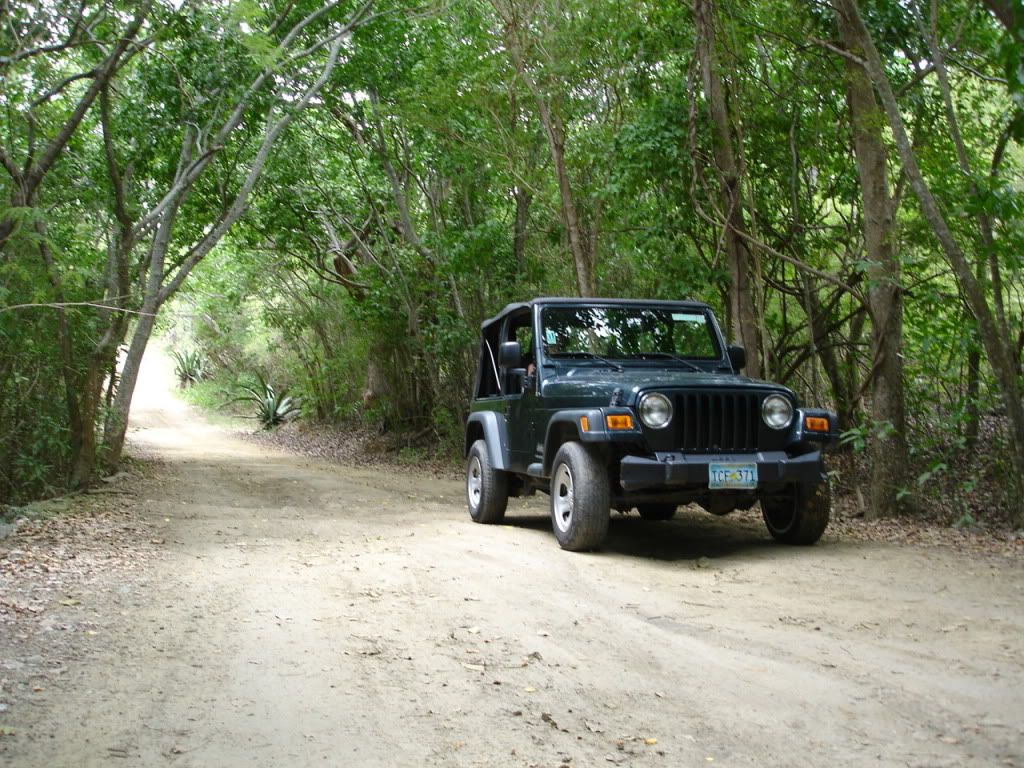
This was the first of three places that we snorkeled.:snorkel: I was able to take some half way decent pictures with my underwater camera. Notice that this turtle has been tagged.
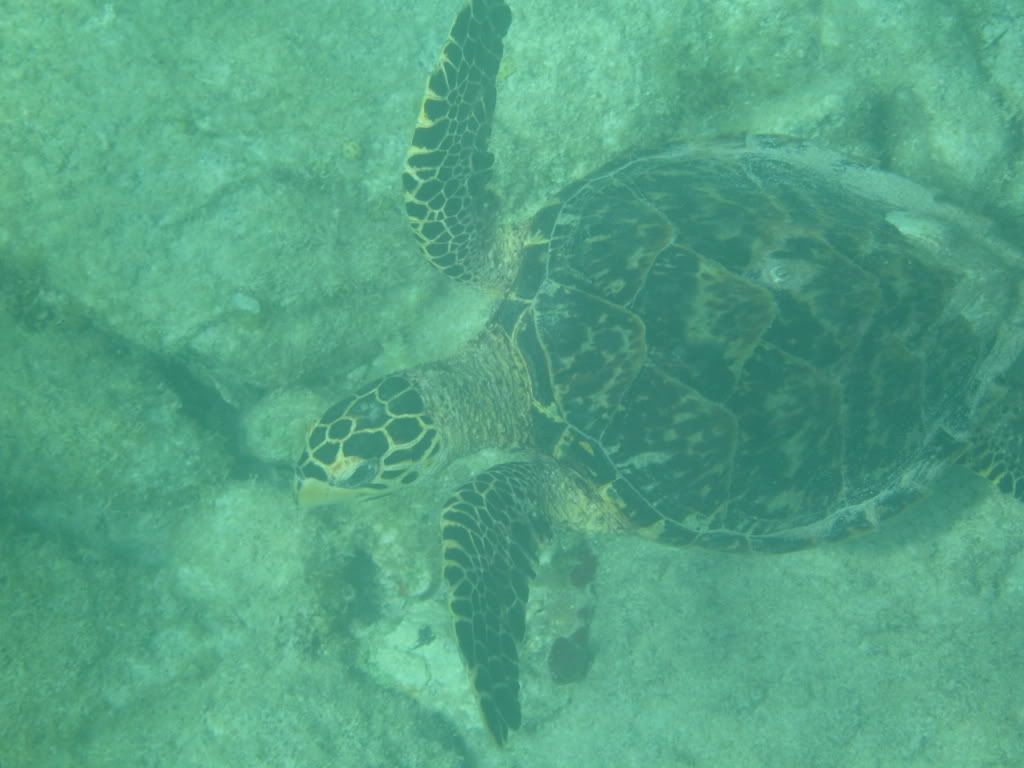
There is a lot of history on the island. We visited the ruins of three sugar plantations (there were many more) and an old school that dated back to early 1700’s. Some of the plantations have been somewhat preserved and others are completely overgrown with vegetation. This is one of the more preserved plantations.
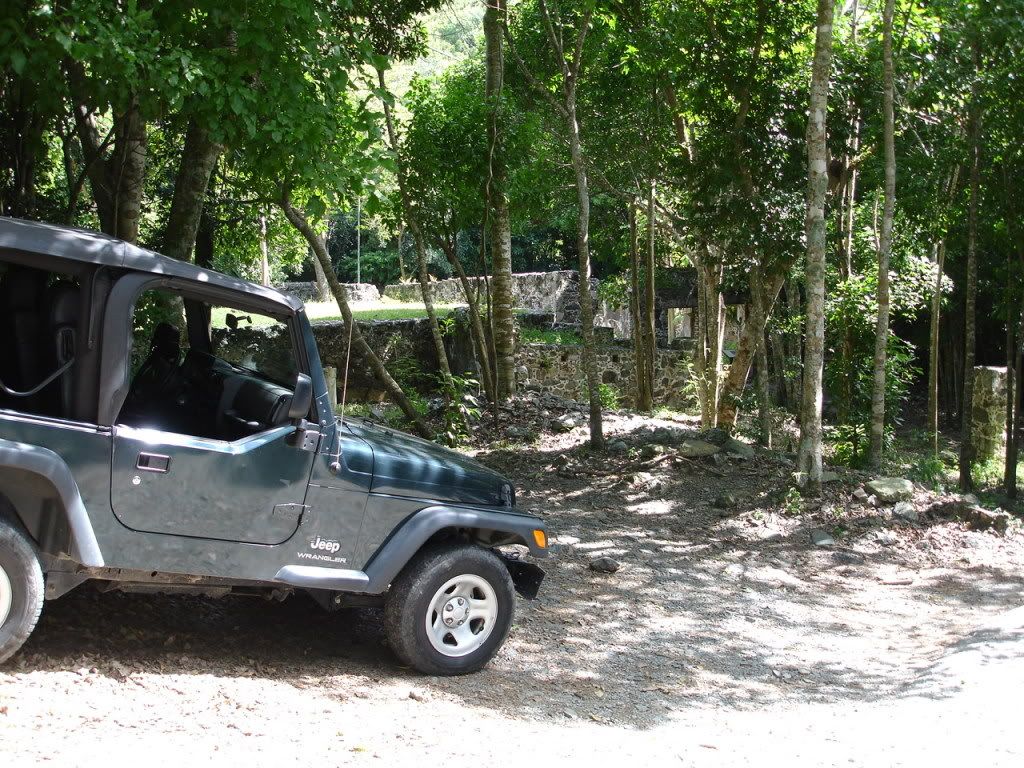
At this site there was also a nature trail. Both the nature trail and the plantation have informational signs to tell you what you are looking at in addition to telling the history of the site. The wife of the owner of this Danish plantation is buried here. As far as I know all of the tombs on St. John are above ground.
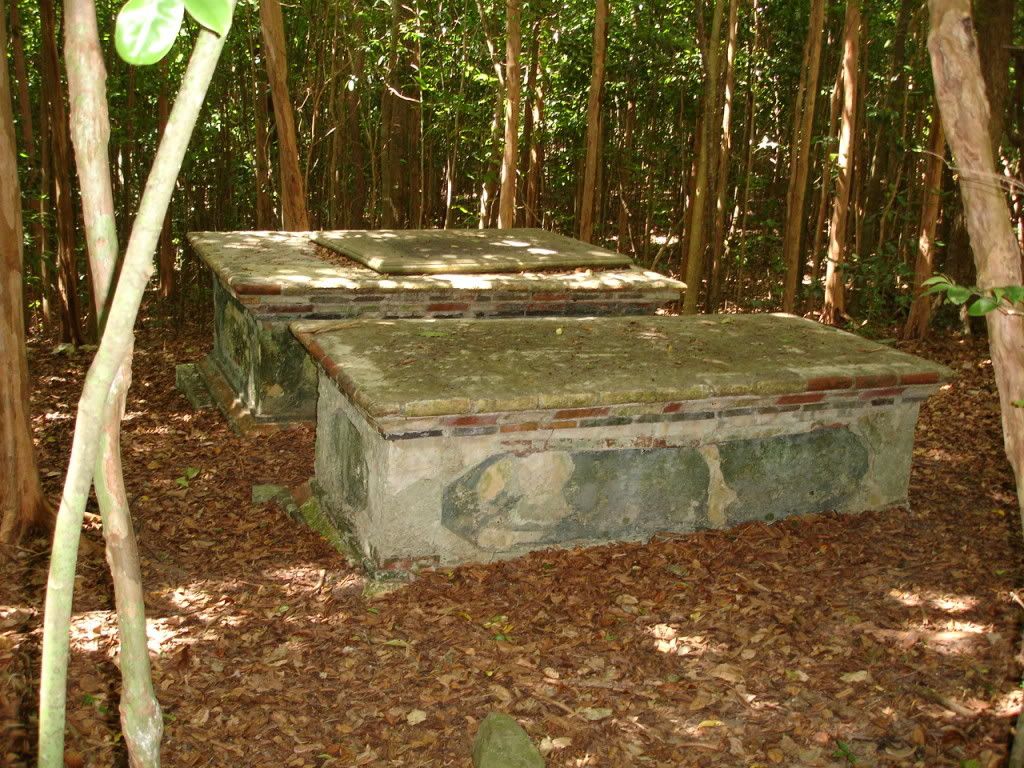
This is the site of a different sugar plantation. Behind the Jeep is what’s left of a large windmill that was used to crush the sugar juice out of the cane. There is also a horsemill at this site for when the wind dies down. According to the book, the horsemill could crush about 50 cartloads of cane per day and required four slaves to operate. The windmill could crush 75 to 100 cartloads of cane per day and required ten slaves to operate.
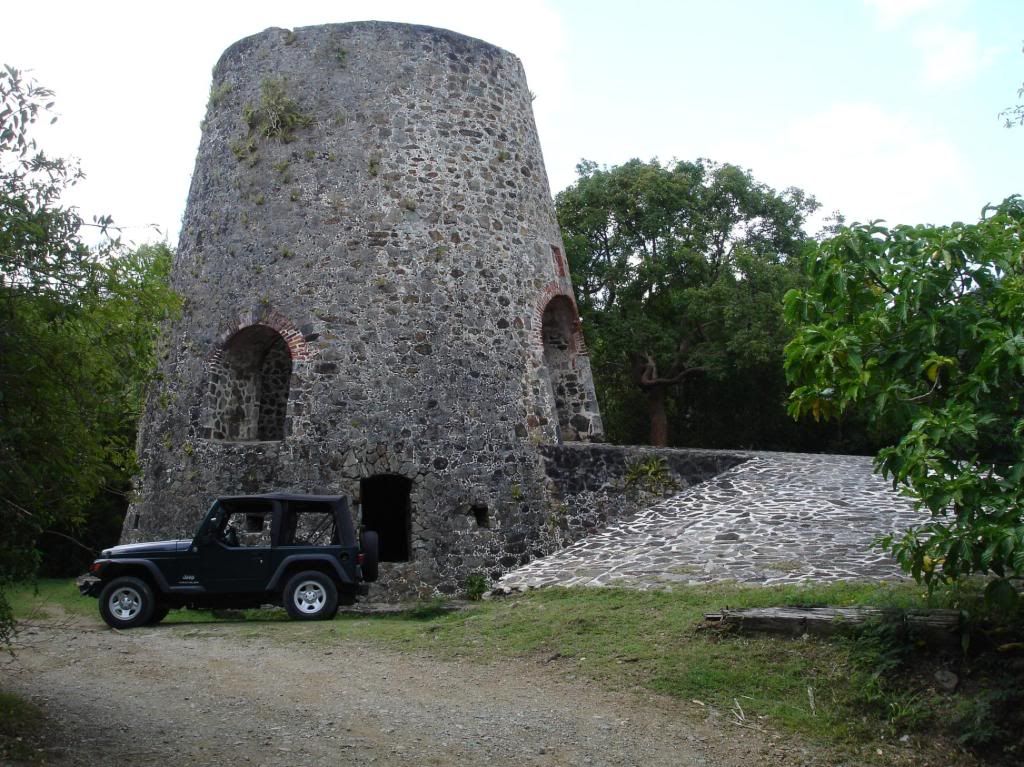
An overlook of one of the beaches
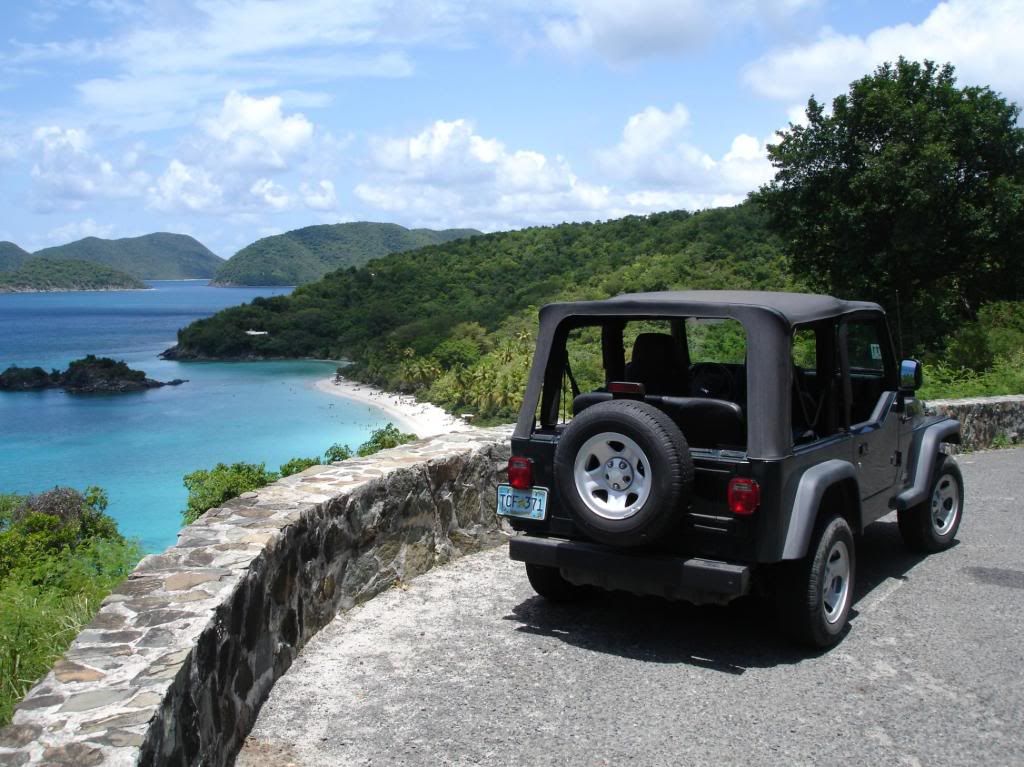
We landed in St. Thomas on Aug. 11th. After a quick stop at Budget car rental to pick up the Jeep we reserved, we drove to the car ferry dock. Driving on the left took some getting used to. It only took about fifteen-minutes for the ferry to arrive to St. John. It was already dark by the time we got there. We only had a faint idea of where we needed to go so we just followed the flow of traffic off the dock. You can easily tell who’s a tourist and who’s a local just by the way they drive. Just by luck we ended up on the right road and we made our way across the island in search of our house we had rented (Little Plantation). St. John has some of the steepest curvy roads I have ever seen. The speed limit in most areas is 20 mph. We found our house perched about 2/3rds the way up a very steep hillside. Hope you enjoy the pictures.
This is the Jeep we rented sitting in the driveway of the house we rented. Notice the terracing of the hillside that was required to build anything on this hill. Sheer rock wall to the left, driveway, 5-foot drop to house level, walk out basement, very steep hill down to the next property (keep this in mind).

This picture was taken on the far east side of the island near the beach and a trail that led to some petroglyphs.

This was the first of three places that we snorkeled.:snorkel: I was able to take some half way decent pictures with my underwater camera. Notice that this turtle has been tagged.

There is a lot of history on the island. We visited the ruins of three sugar plantations (there were many more) and an old school that dated back to early 1700’s. Some of the plantations have been somewhat preserved and others are completely overgrown with vegetation. This is one of the more preserved plantations.

At this site there was also a nature trail. Both the nature trail and the plantation have informational signs to tell you what you are looking at in addition to telling the history of the site. The wife of the owner of this Danish plantation is buried here. As far as I know all of the tombs on St. John are above ground.

This is the site of a different sugar plantation. Behind the Jeep is what’s left of a large windmill that was used to crush the sugar juice out of the cane. There is also a horsemill at this site for when the wind dies down. According to the book, the horsemill could crush about 50 cartloads of cane per day and required four slaves to operate. The windmill could crush 75 to 100 cartloads of cane per day and required ten slaves to operate.

An overlook of one of the beaches

Last edited:

